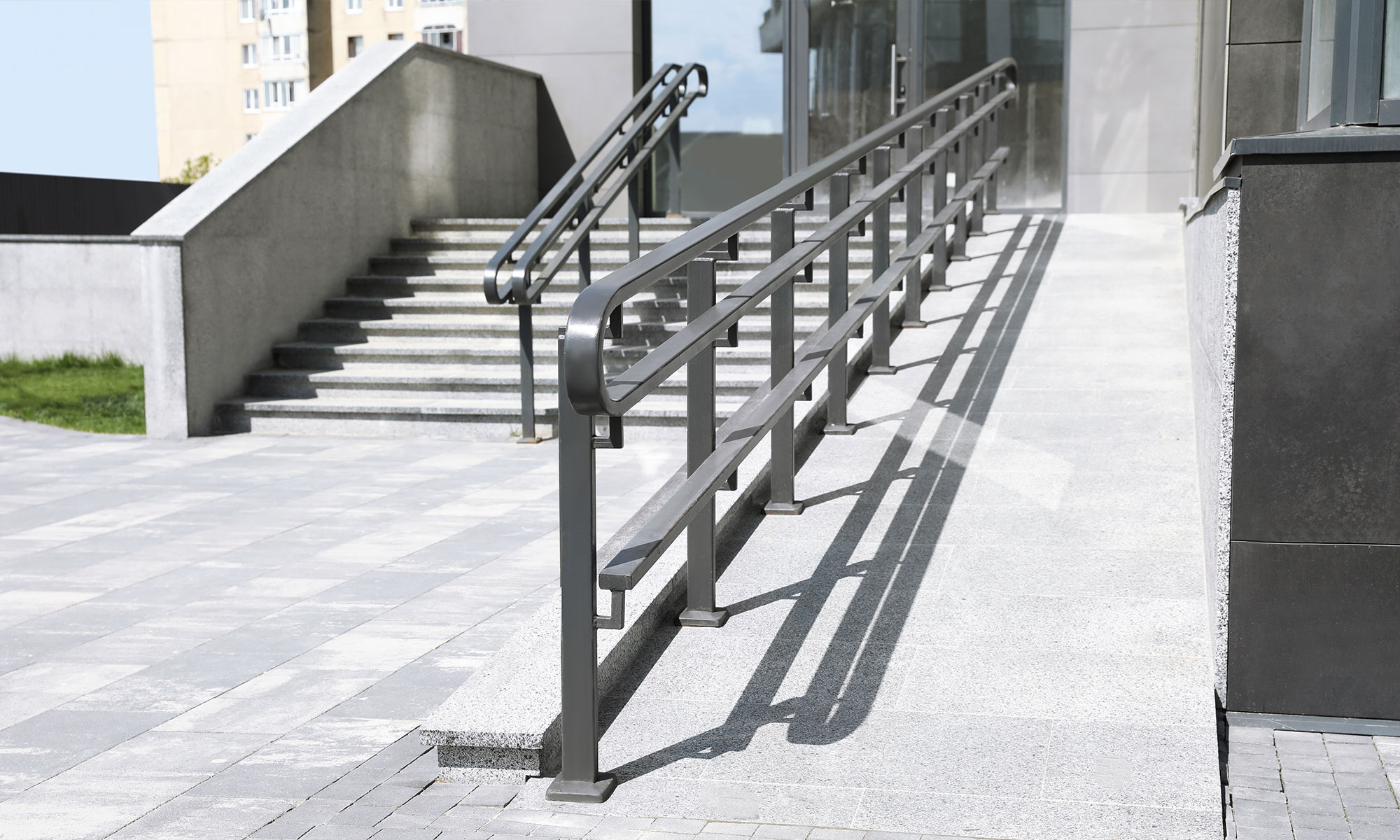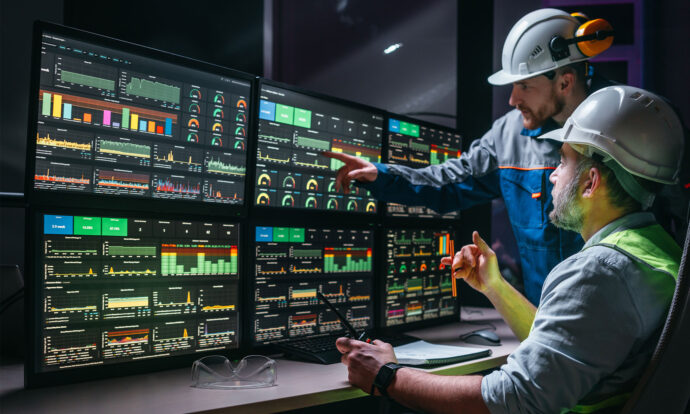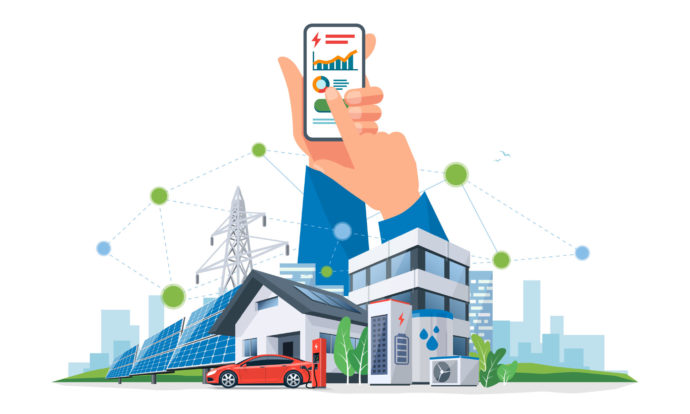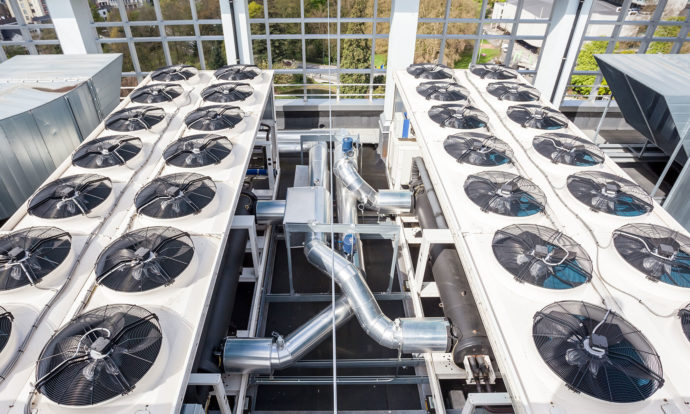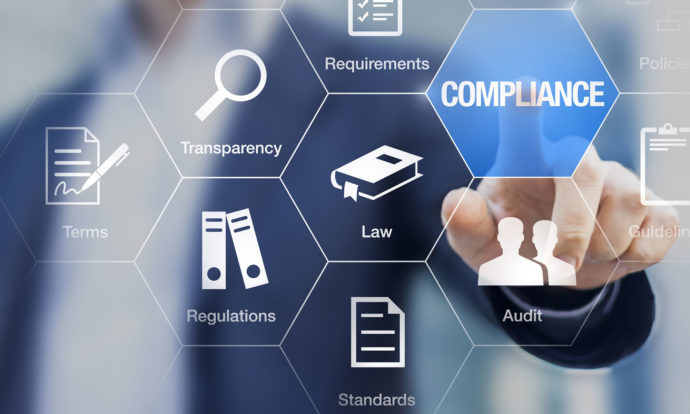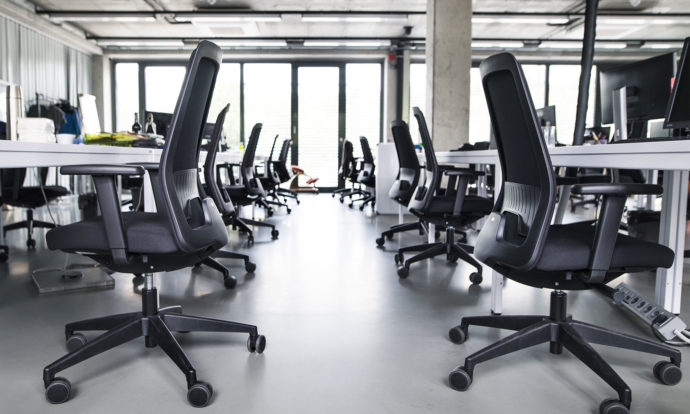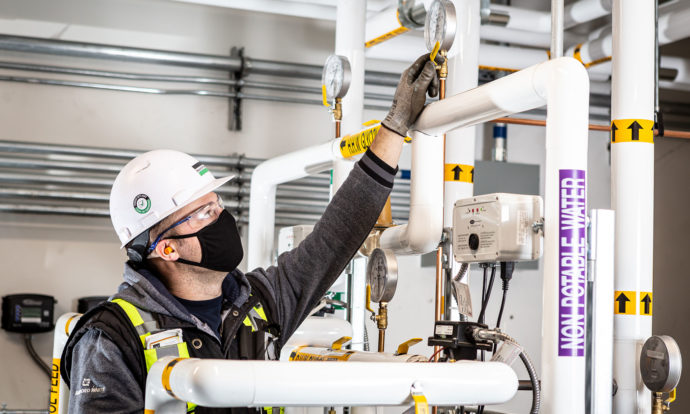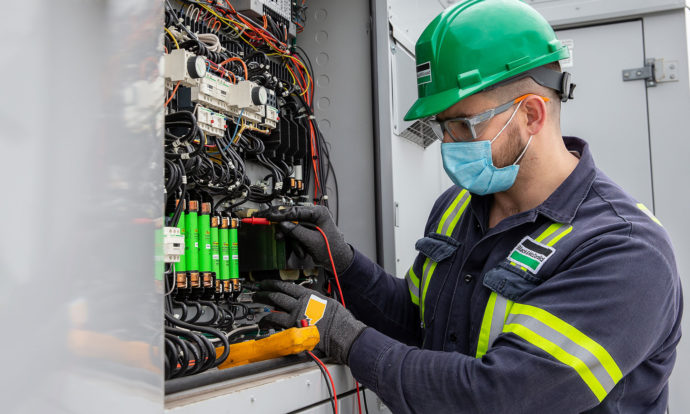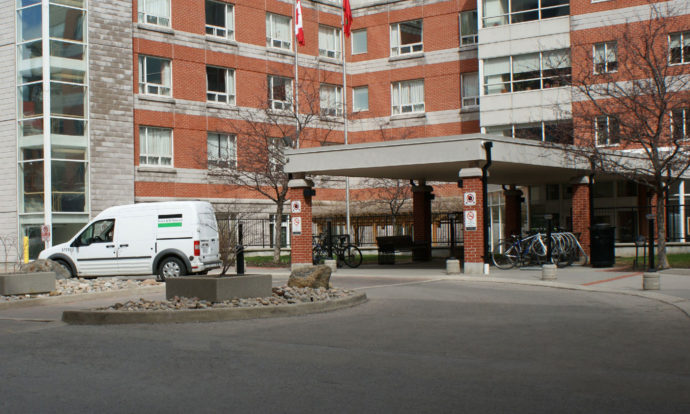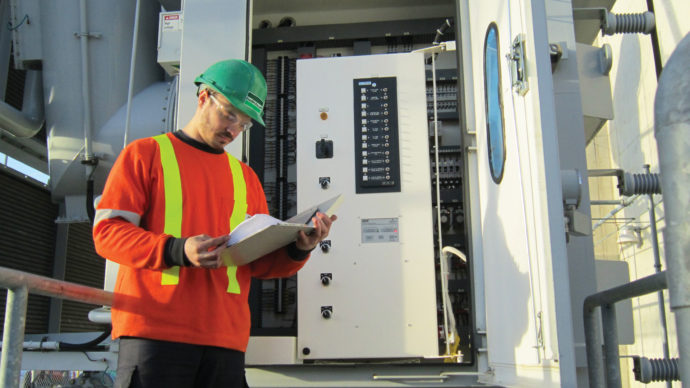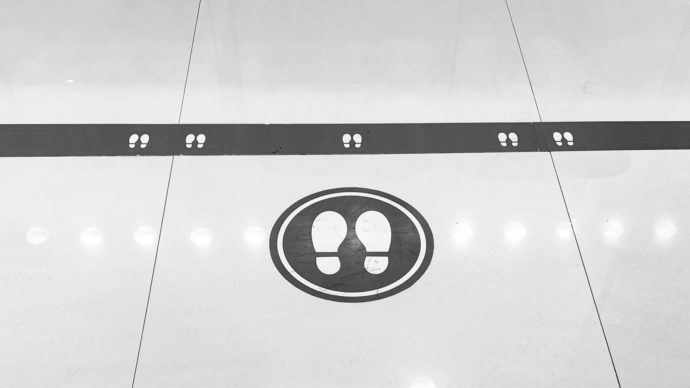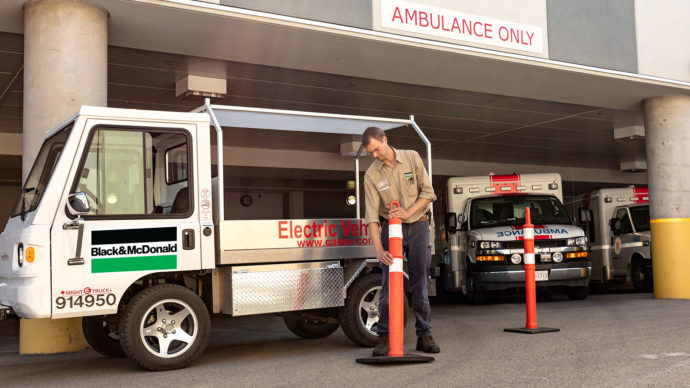In the day-to-day operation of a business, accessibility of the facility tends to be an afterthought of the initial design period. However, facility accessibility goes beyond just wheelchair access; true accessibility means that your facility continually provides an inclusive, user friendly and accommodating environment that meets the needs of occupants.
As your facilities evolve and change, it’s important to ensure that they are not only meeting the basic legislative requirements of today but consider future changes that may be required for tomorrow. The pandemic introduced numerous modifications to facility accessibility including changes to office layouts, signage requirements, and more.
This means taking steps to have accessible spaces that are functional for all potential occupants, including those with visual, auditory, or physical challenges.
One way to accomplish this is to ensure you have a good Facilities Management (FM) strategy in place. A strong FM provider continually ensures the functionality, comfort, safety, and efficiency of the built environment.
IFMA defines Facility Management as:
An organizational function which integrates people, place and process within the built environment with the purpose of improving the quality of life of people and the productivity of the core business.
Facilities Management providers play an important role in ensuring there are dedicated resources always tasked to support your business operations. This creates an environment where the systems work together in harmony – from the parking lot to the executive suite. Facility Managers are also an important part of ensuring that all occupants experience a comfortable and safe environment from the moment they enter until they leave.
By accounting for all populations that will enter the building, our Facility Managers are in an ideal position to help your organization better understand how they can serve diverse backgrounds. Accessibility in built spaces shows compassion for the community while serving people more efficiently and safely.
A focus on facility accessibility helps ensure a safer and more inclusive space for occupants from all walks of life.
Near-term opportunities to improve accessibility may be found throughout a facility, including:
1. Functional Parking Lots & Entrances
Facility accessibility begins in the parking lot and at the entrance. Signage should be clear and visible to commuters with clearly indicated wheelchair-accessible parking spaces. These parking spaces should accommodate large, wheelchair-accessible vans. There should also be a safe, obvious path leading from the parking space to the entrance of the building.
On their way into the building, occupants should have clear exterior walkways, steps, ramps, curb cuts, and functional entrances. The route should be slip-resistant and clear of debris, as well as free of hazards and uneven surfaces. This can necessitate seasonal snow and ice removal services in severe weather. As well, facilities must include barrier-free entrances with distinct wheelchair access. When applicable, automatic doors and elevators should be available to eliminate barriers.
2. Integrated Signage
Any facilities that serve the public must support equal access to all those who enter, including those with visual impairments. This begins with accessible sign installation in all permanent spaces, rooms, bathrooms, elevators, and more. Signage must include certain design characteristics like tactile elements with raised text, or braille, and include specific visual features such as high contrast between the background and text.
3. Accessibility through Common Areas and Washrooms
Achieving facility accessibility must also consider ease of movement around common areas, as well as washrooms to accommodate wheelchair users. As well, having high-quality janitorial services performed at regular intervals is crucial to ensuring a tidy and maintained area that is clear of potential hazards for occupants of all abilities.
4. Practical Building Lighting & Accessible Controls
An optimized lighting system ensures occupants have a safe and productive environment. To accommodate the visually impaired, the building should be evenly lit, and eliminate areas that are too bright or too dark for safety purposes. To prevent glare, glossy surfaces should be avoided, and walls and floors should have colours that are easy to differentiate.
The height of wall-mounted controls must be taken into careful consideration. This is not limited to light switches, but also thermostat controls, elevator controls, automatic door openers, etc. The type of light switch is also important, this can include toggle light switches or plate rocker switches, each with specific accessibility features.
The Facility Service experts at Black & McDonald can support your facilities in welcoming people of all backgrounds to their built spaces through strategic facility planning. Our in-house facilities management team can work in conjunction with you to develop a robust FM strategy that ensures your facility consistently offers accessibility, comfort and safety to your occupants.
For more information, reach out to [email protected].

